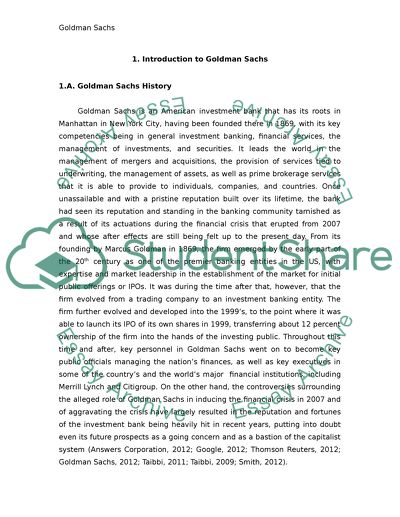Cite this document
(“Goldman Sachs Term Paper Example | Topics and Well Written Essays - 2250 words”, n.d.)
Goldman Sachs Term Paper Example | Topics and Well Written Essays - 2250 words. Retrieved from https://studentshare.org/finance-accounting/1402284-goldman-sachs-in-investment-world
Goldman Sachs Term Paper Example | Topics and Well Written Essays - 2250 words. Retrieved from https://studentshare.org/finance-accounting/1402284-goldman-sachs-in-investment-world
(Goldman Sachs Term Paper Example | Topics and Well Written Essays - 2250 Words)
Goldman Sachs Term Paper Example | Topics and Well Written Essays - 2250 Words. https://studentshare.org/finance-accounting/1402284-goldman-sachs-in-investment-world.
Goldman Sachs Term Paper Example | Topics and Well Written Essays - 2250 Words. https://studentshare.org/finance-accounting/1402284-goldman-sachs-in-investment-world.
“Goldman Sachs Term Paper Example | Topics and Well Written Essays - 2250 Words”, n.d. https://studentshare.org/finance-accounting/1402284-goldman-sachs-in-investment-world.


